
Titanium-zirconium-molybdenum alloy (Ti-ZR-Mo) is a ternary alloy system formed by titanium (Ti) as the matrix and the addition of zirconium (Zr) and molybdenum (Mo). The typical components are Ti-15Zr-4Mo and Ti-35Zr-10Mo (by mass fraction), and the performance can be optimized by adding trace amounts of niobium (Nb) and tin (Sn). It features high sphericity and excellent fluidity, controllable particle size, high purity and low oxygen content, high melting point and high-temperature stability, high strength and good plasticity, corrosion resistance and biocompatibility, low density and high specific strength, and other superior properties. It is mainly used in 3D printing additive manufacturing, powder metallurgy, hot isostatic pressing, etc., and can be applied in fields such as aerospace, energy and nuclear industry, electronics and advanced manufacturing, and biomedicine.
Item No :
Titanium-zirconium-molybdenum alloyOrder(MOQ) :
1 KgProduct Origin :
Foshan City, Guangdong ProvinceLead Time :
3-7 days for spot goods; customized delivery time negotiated by both parties.Titanium-zirconium-molybdenum alloy
I. Characteristics
1. Balanced mechanical property matching: low elastic modulus, high strength and super toughness, excellent fatigue performance.
2. Excellent corrosion resistance: All-medium corrosion resistance and surface oxide film characteristics.
3. Biocompatibility and functionality: No cytotoxicity, bone-inducing activity
4. Wide temperature range service capability: high-temperature stability, low-temperature toughness
Ii. Application Fields
1. Biomedical implant field: Orthopedic implants, dental implants.
2. Chemical Engineering and Marine Engineering: Corrosion-resistant valves and pipes, Marine oil and gas equipment.
3. Aerospace and national Defense: Hot-end components of engines, structural components of missiles.
4. Energy and electronics field: Nuclear reactor materials, bipolar plates for fuel cells.
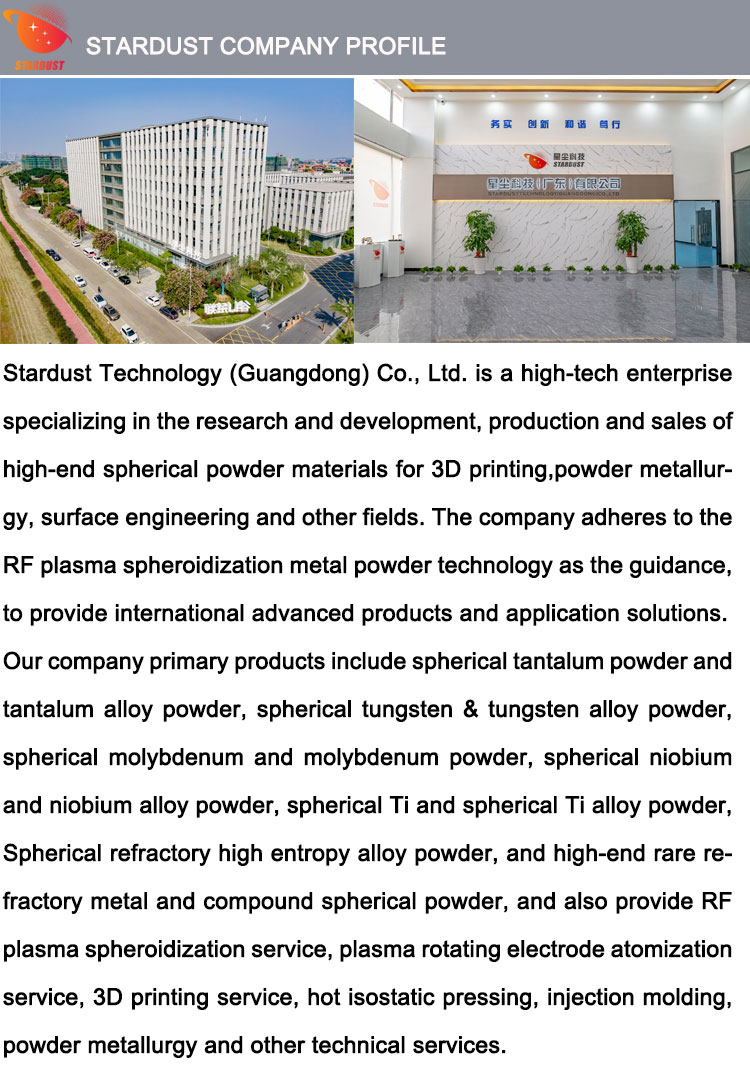
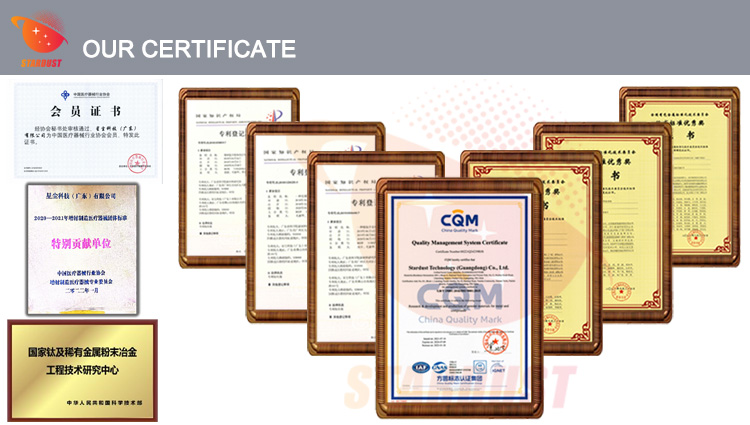
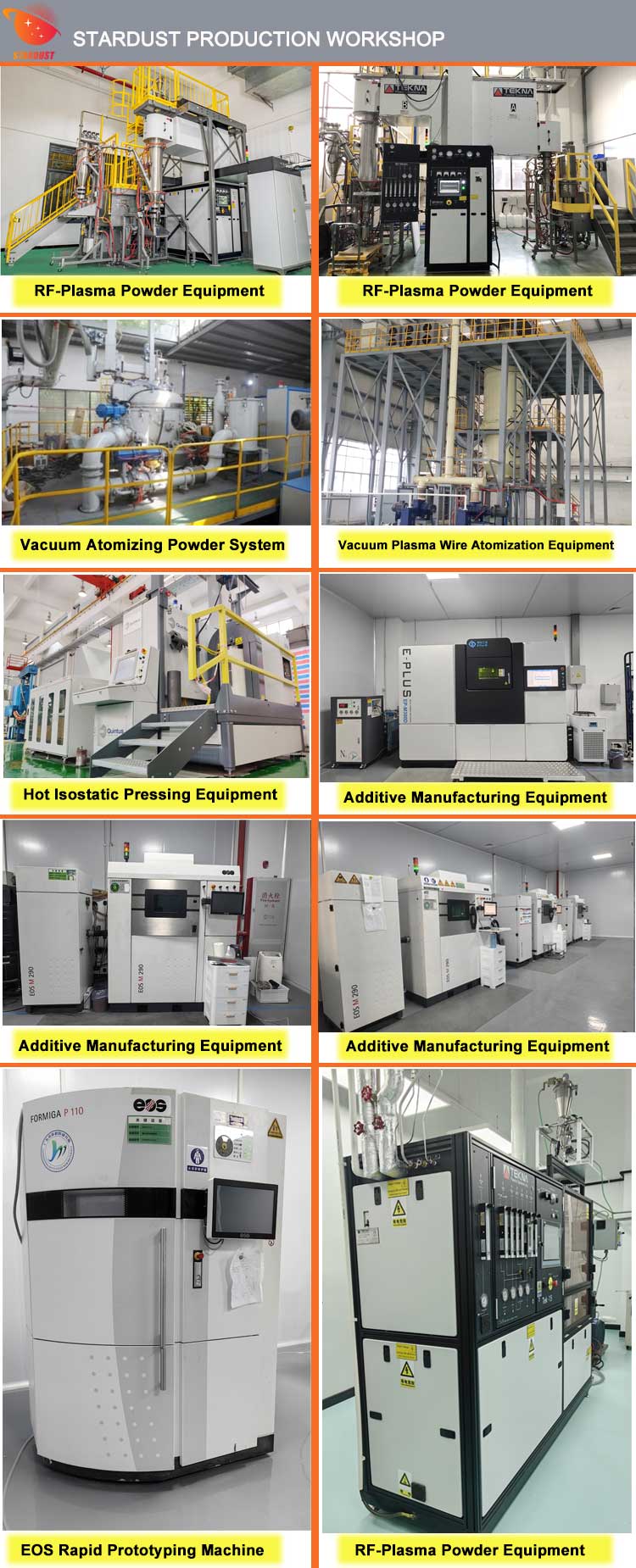
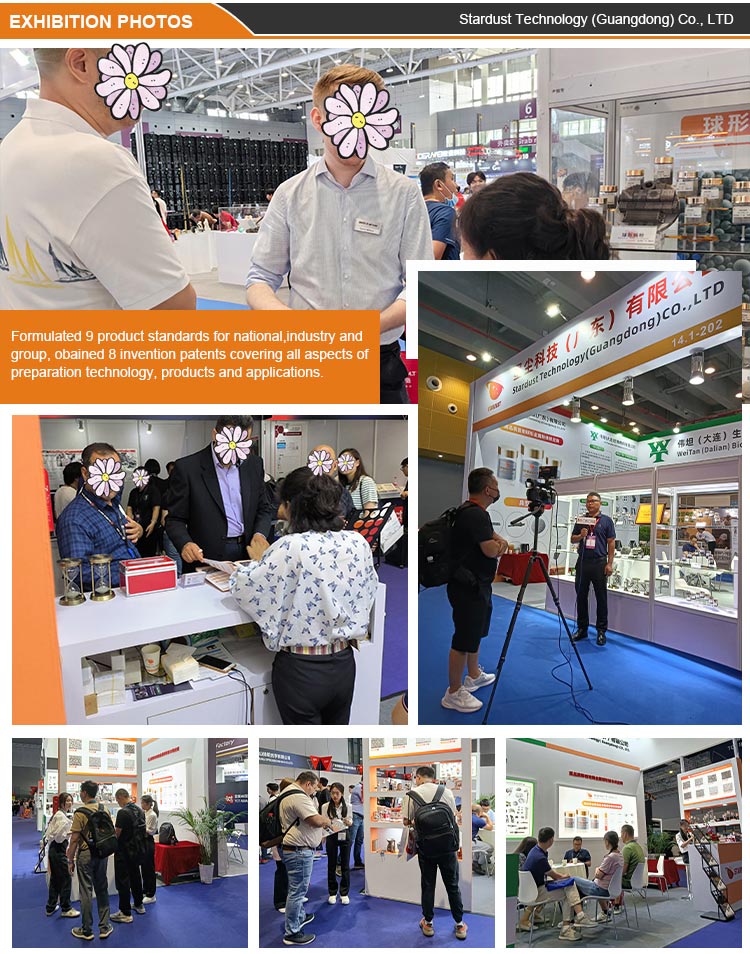
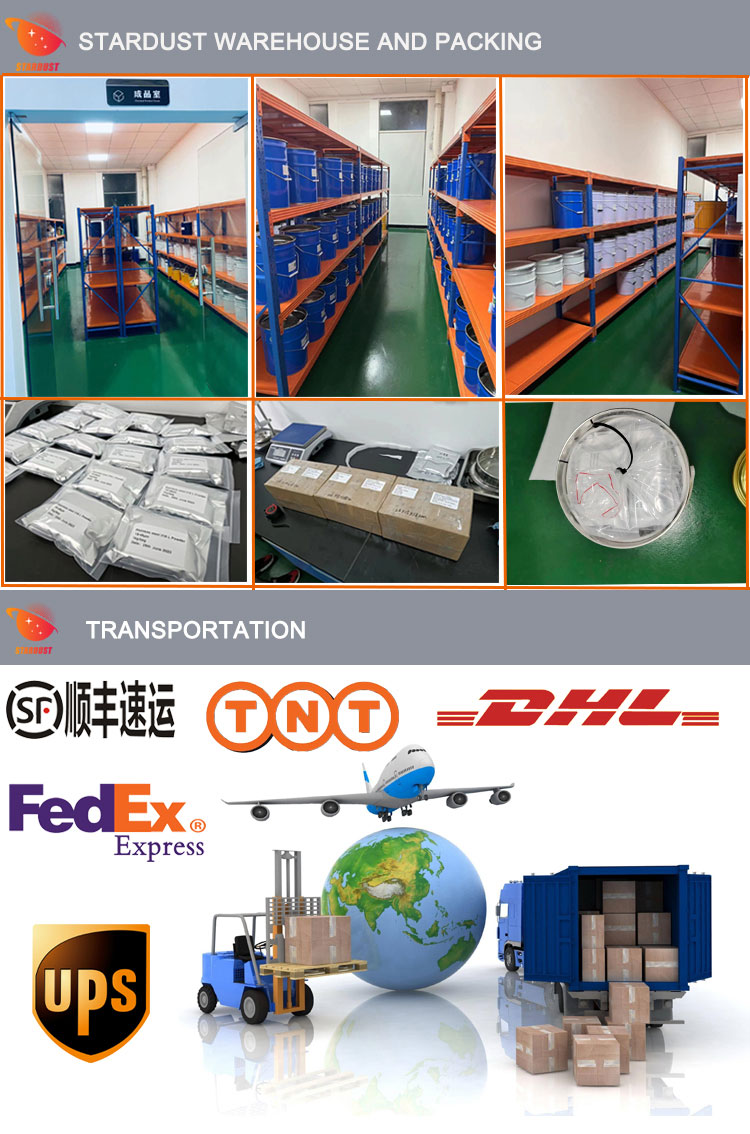
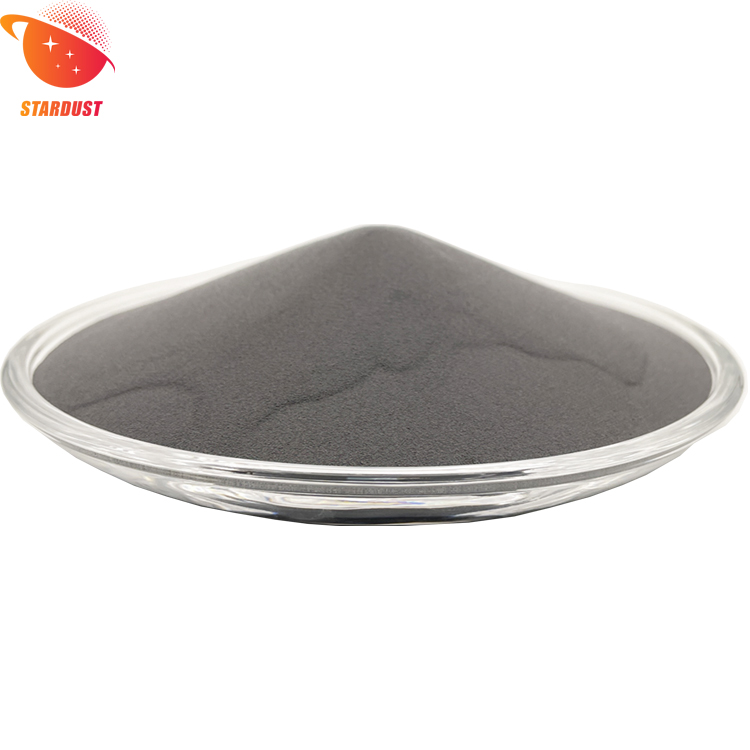
Spherical W-Mo-Ta-Nb-V alloy powder is composed of high melting point metal elements such as tungsten (W), molybdenum (Mo), rhenium (Ta), niobium (Nb) and vanadium (V), and has excellent high temperature stability, corrosion resistance and high strength. This alloy powder is suitable for aerospace, high temperature tools, high power electronic components and radiation protection materials. Due to its excellent thermal conductivity, electrical conductivity and wear resistance, it is widely used in the manufacture of high-performance components under extreme working conditions.
Read More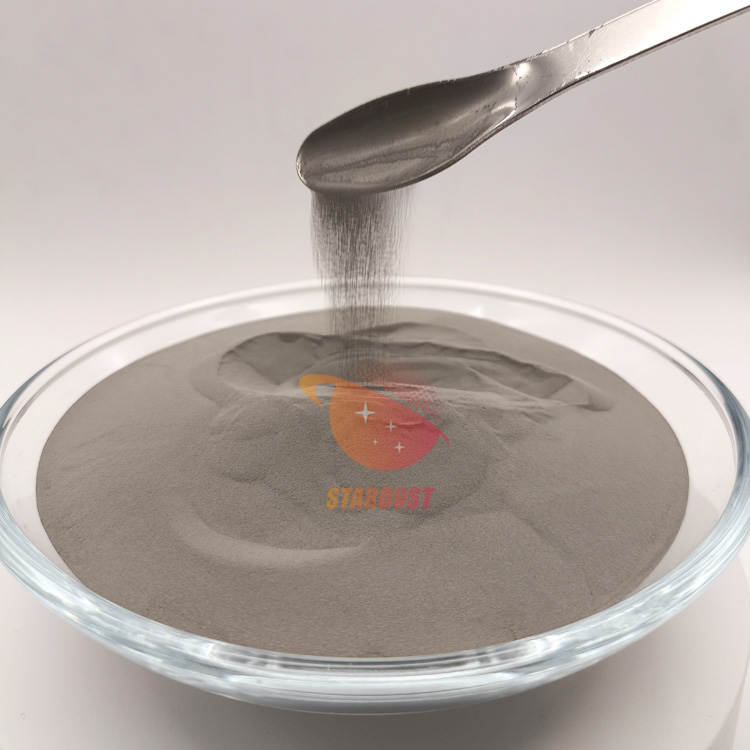
Spherical refractory high entropy Ta-Nb-W alloy powder is produced by radio frequency plasma spheroidization technology. It has high purity and low oxygen, high sphericity, smooth surface, no satellite balls, very few hollow particles, uniform particle size distribution, excellent flow properties, and high loose density and tap density.
Read More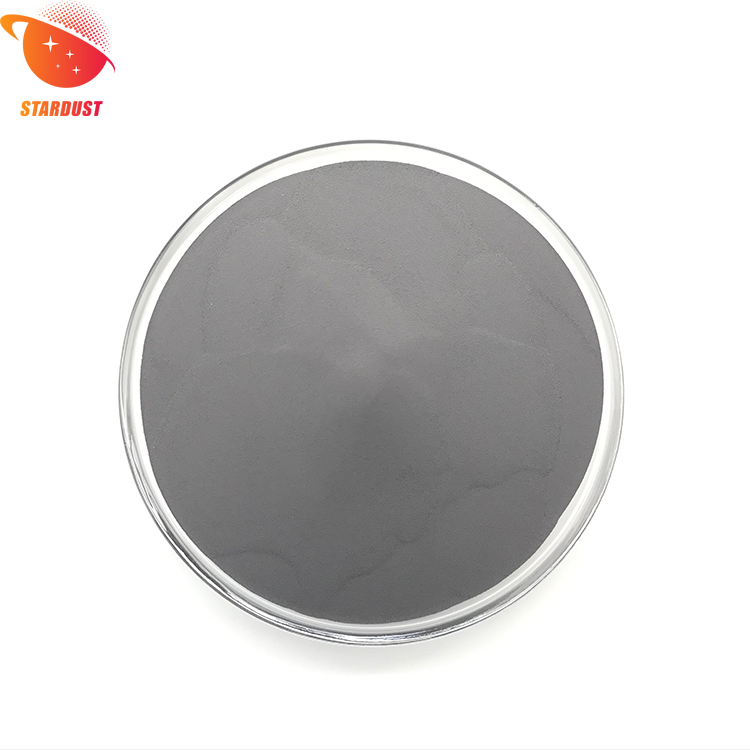
Spherical W-Mo-Ta-Nb-V alloy powder is composed of high melting point metal elements such as tungsten (W), molybdenum (Mo), rhenium (Ta), niobium (Nb) and vanadium (V), and has excellent high temperature stability, corrosion resistance and high strength. This alloy powder is suitable for aerospace, high temperature tools, high power electronic components and radiation protection materials. Due to its excellent thermal conductivity, electrical conductivity and wear resistance, it is widely used in the manufacture of high-performance components under extreme working conditions.
Read More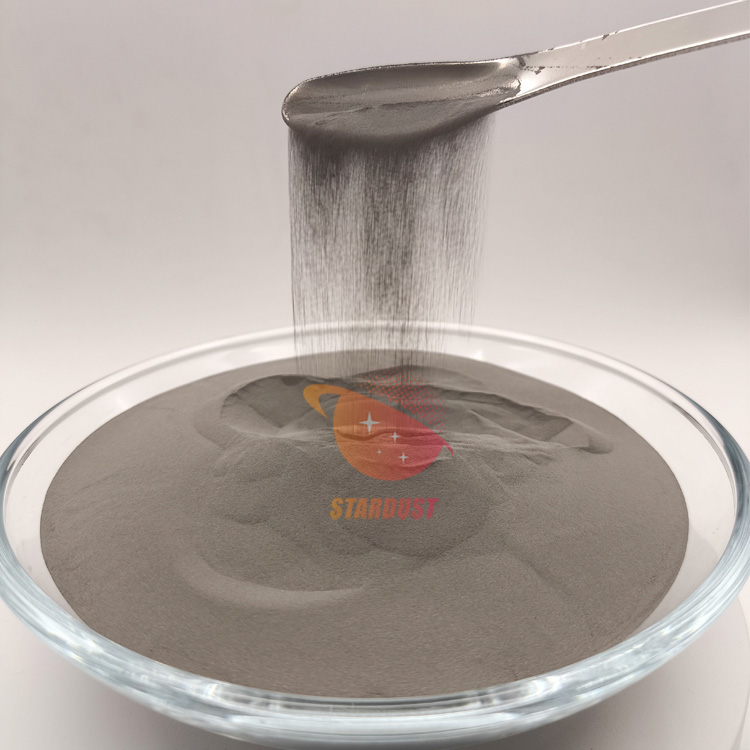
Spherical W-Mo-Ta-Nb alloy powder is a metal powder that is often used in the manufacture of reinforced materials or for special industrial applications. This alloy powder is usually composed of elements such as tungsten (W), molybdenum (Mo), tantalum (Ta) and niobium (Nb), and the combination of these elements can provide high strength, wear resistance and corrosion resistance. The shape of the spherical powder helps improve its flowability and compactability, allowing for more uniform distribution and mixing during the manufacturing process.
Read More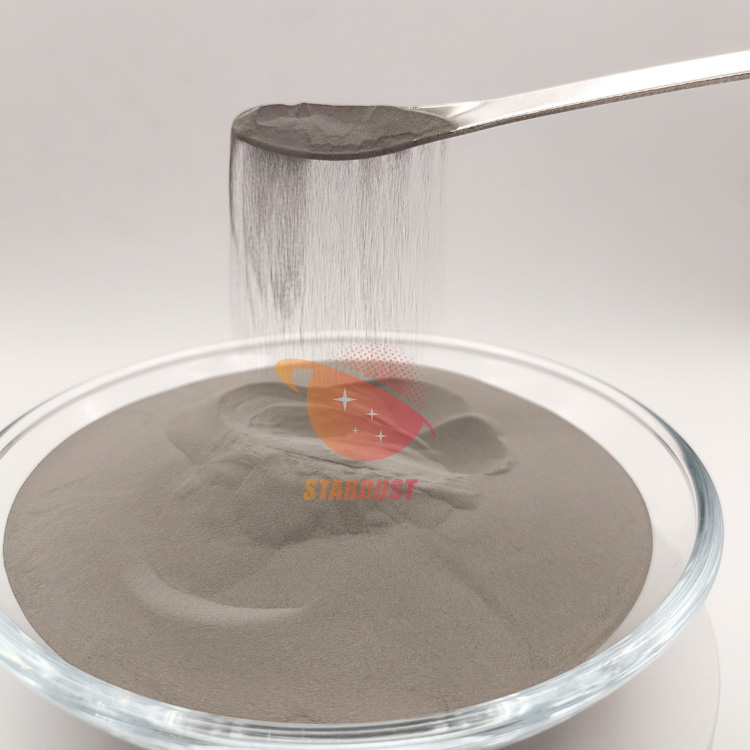
Spherical W-Mo-Ta-Nb alloy powder is a metal powder that is often used in the manufacture of reinforced materials or for special industrial applications. This alloy powder is usually composed of elements such as tungsten (W), molybdenum (Mo), tantalum (Ta) and niobium (Nb), and the combination of these elements can provide high strength, wear resistance and corrosion resistance. The shape of the spherical powder helps improve its flowability and compactability, allowing for more uniform distribution and mixing during the manufacturing process.
Read More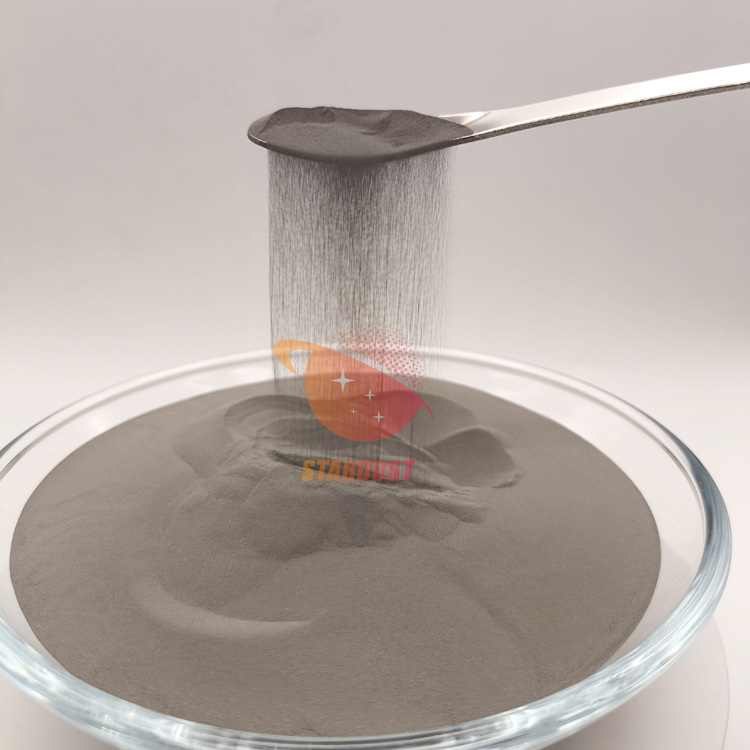
Spherical W-Mo-Ta-Nb alloy powder is a metal powder that is often used in the manufacture of reinforced materials or for special industrial applications. This alloy powder is usually composed of elements such as tungsten (W), molybdenum (Mo), tantalum (Ta) and niobium (Nb), and the combination of these elements can provide high strength, wear resistance and corrosion resistance. The shape of the spherical powder helps improve its flowability and compactability, allowing for more uniform distribution and mixing during the manufacturing process.
Read More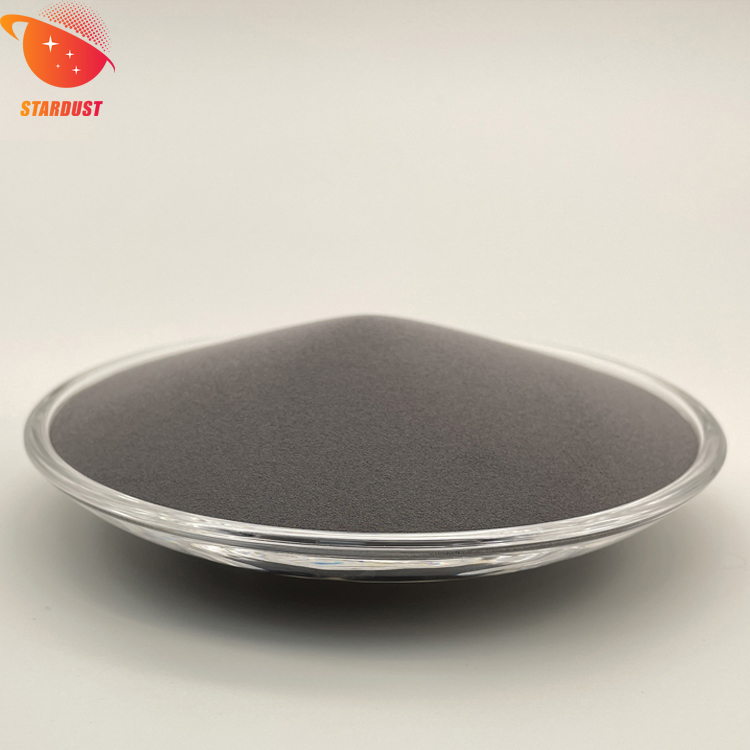
Spherical W-Mo-Ta-Nb-V alloy powder is composed of high melting point metal elements such as tungsten (W), molybdenum (Mo), rhenium (Ta), niobium (Nb) and vanadium (V), and has excellent high temperature stability, corrosion resistance and high strength. This alloy powder is suitable for aerospace, high temperature tools, high power electronic components and radiation protection materials. Due to its excellent thermal conductivity, electrical conductivity and wear resistance, it is widely used in the manufacture of high-performance components under extreme working conditions.
Read More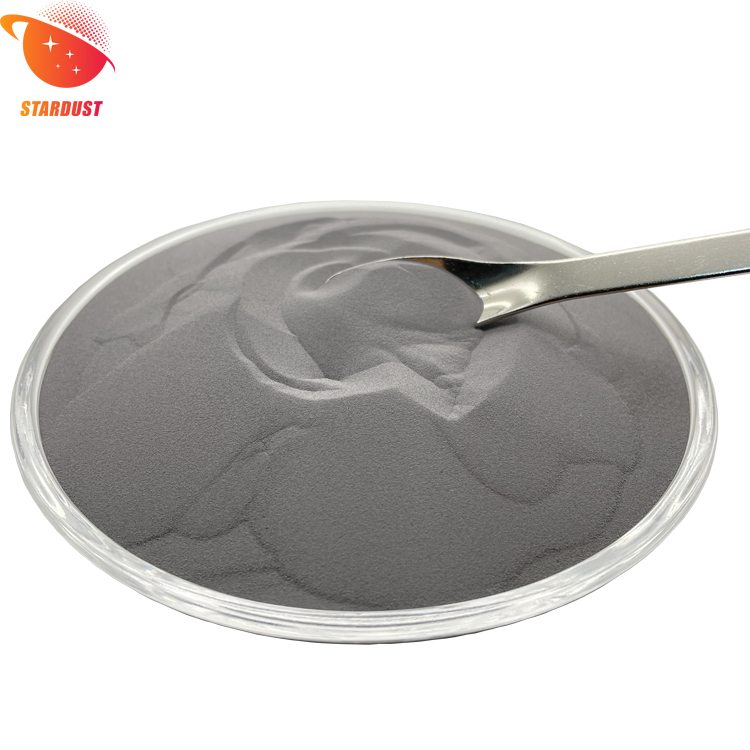
Spherical W-Mo-Ta-Nb-V alloy powder is composed of high melting point metal elements such as tungsten (W), molybdenum (Mo), rhenium (Ta), niobium (Nb) and vanadium (V), and has excellent high temperature stability, corrosion resistance and high strength. This alloy powder is suitable for aerospace, high temperature tools, high power electronic components and radiation protection materials. Due to its excellent thermal conductivity, electrical conductivity and wear resistance, it is widely used in the manufacture of high-performance components under extreme working conditions.
Read More


 IPv6 network supported
IPv6 network supported